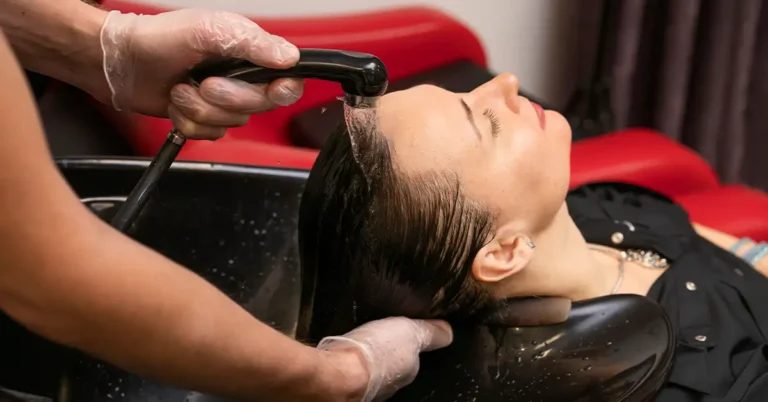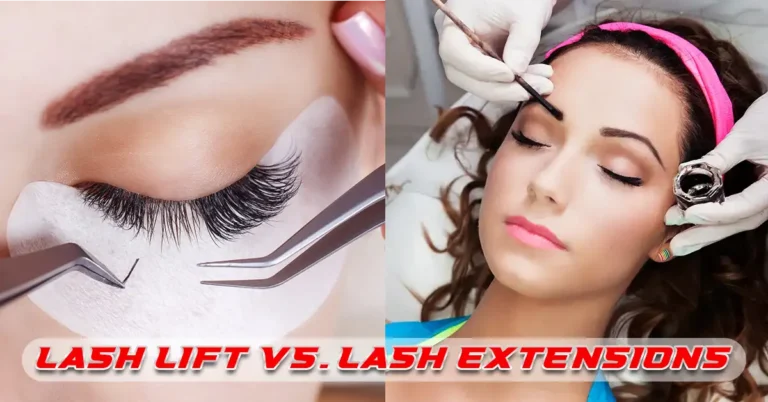Hair removal is a common part of many skincare routines, but for individuals with sensitive skin, choosing the wrong method can lead to irritation, redness, or even breakouts. Two of the most popular methods—threading and waxing—are effective in different ways. Understanding how they compare can help you select the option that’s best for your skin.
In this article, we explore the facts behind threading and waxing, their suitability for sensitive skin, and how to maintain healthy skin after treatment.
Understanding Sensitive Skin
Sensitive skin is a condition where the skin is more prone to adverse reactions from environmental factors, skincare products, or cosmetic procedures. People with sensitive skin often experience:
- Redness and inflammation
- Burning or stinging sensations
- Dry patches or flaking
- Breakouts or allergic reactions
According to the American Academy of Dermatology, more than 60% of women and 50% of men report having sensitive skin. This makes it important to use hair removal techniques that minimize potential triggers.
What Is Threading?
Threading is an ancient hair removal technique that uses a twisted cotton thread to remove hair from the follicle level. The thread is rolled across the skin, lifting hairs directly from the root without any chemical products or heat.
Benefits of Threading:
- No chemicals, fragrances, or artificial products
- Precise hair removal, especially for facial areas
- Minimal contact with skin reduces the chance of irritation
- Hygienic, as a new thread is used for each client
Limitations of Threading:
- May cause slight discomfort during treatment
- Not suitable for removing hair from large body areas
Threading is often recommended for the eyebrows, upper lip, chin, and full face. It’s especially suitable for people with conditions such as rosacea, acne, or eczema, since it avoids skin trauma caused by heat or adhesive products.
What Is Waxing?
Waxing involves applying a layer of warm wax to the skin, allowing it to bind with the hair, and then removing it quickly to pull the hair out from the root. It is widely used for both facial and body hair removal.
Benefits of Waxing:
- Removes hair from the root for long-lasting results (up to six weeks)
- Ideal for large areas like legs, arms, and back
- Regular waxing can result in finer, slower regrowth
- Provides light exfoliation by removing dead skin cells
Limitations of Waxing:
- Can cause redness, bumps, and irritation—especially on sensitive skin
- Often contains resins, fragrances, or preservatives that may trigger allergic reactions
- Not recommended during active breakouts or when using skin-thinning medications
While waxing is effective and efficient, individuals with sensitive skin should approach it with caution and follow proper pre- and post-care routines.
Threading vs. Waxing: A Side-by-Side Comparison
| Feature | Threading | Waxing |
|---|---|---|
| Technique | Twisted thread removes hair at root | Warm wax applied and pulled off with strip |
| Chemical Exposure | None | Often contains resins, dyes, or fragrances |
| Skin Contact | Minimal | Full surface contact |
| Best For | Eyebrows, face, small areas | Arms, legs, bikini area, large surfaces |
| Pain Level | Mild to moderate | Moderate to high |
| Reaction Risk | Low | Medium to high for sensitive skin |
| Treatment Time | Quick for small areas | Fast for large areas |
| Hair Regrowth Time | 2–4 weeks | 3–6 weeks |
Threading offers a more controlled, gentler experience for delicate facial skin, while waxing is better suited for larger body areas when skin is not overly reactive.
How to Choose the Right Method for Sensitive Skin
The best method depends on your personal tolerance, skin condition, and the area being treated.
Choose Threading If:
- You need hair removal on small facial areas
- You have a history of skin reactions to wax, heat, or fragrance
- You prefer chemical-free treatments
- You’re managing skin conditions like acne, rosacea, or eczema
Choose Waxing If:
- Your skin can handle mild heat and friction
- You want to remove hair from larger areas like legs or back
- You follow a careful aftercare routine to prevent irritation
Always perform a patch test before trying any new hair removal method and speak with a trained esthetician to determine what’s best for your skin type.
Aftercare Tips for Sensitive Skin
Regardless of the method chosen, proper aftercare is essential to prevent irritation or infection.
Aftercare for Threading:
- Apply aloe vera gel or rose water to reduce redness
- Avoid touching the treated area for several hours
- Skip makeup and chemical-based skincare products for 12–24 hours
- Use sunscreen if going outside
Aftercare for Waxing:
- Avoid hot showers, saunas, or sun exposure for at least 24–48 hours
- Use a gentle, fragrance-free moisturizer
- Avoid tight clothing on freshly waxed areas
- Gently exfoliate after 2–3 days to prevent ingrown hairs
Studies show that ingredients like witch hazel and calendula extract can reduce inflammation after hair removal. Choose aftercare products that are alcohol-free and hypoallergenic.
Frequently Asked Questions
Is threading less painful than waxing?
For most people, threading is less painful, particularly on the face. It involves less skin pulling and no heat.
How long do results last?
Threading usually lasts 2–4 weeks. Waxing can last 3–6 weeks, depending on your hair growth cycle.
Can I get these services if I have acne or eczema?
Threading is often safer for acne-prone or sensitive skin. Waxing is not recommended during active flare-ups or on broken skin.
Will my hair grow back thicker?
No. Both methods remove hair from the root and over time can lead to finer regrowth.
Can I use both methods?
Yes. Many clients thread their facial hair and wax larger body areas.
Final Thoughts
Both threading and waxing are effective ways to remove unwanted hair. For individuals with sensitive skin, threading is generally the safer choice. It avoids heat and chemicals, making it less likely to trigger adverse reactions.
That said, waxing is efficient for larger areas and delivers longer-lasting smoothness when skin can tolerate it. The best approach is to assess your skin’s needs and consult a professional esthetician before committing to any method.
At True Dream Hair & Threading Spa, our team is trained to offer both services with care, precision, and attention to your skin’s comfort and health.
References
- American Academy of Dermatology. Hair Removal Tips
- Healthline. Threading vs Waxing
- Journal of Cutaneous and Aesthetic Surgery. Threading Techniques and Skin Impact
- International Journal of Dermatology. Waxing and Skin Irritation


